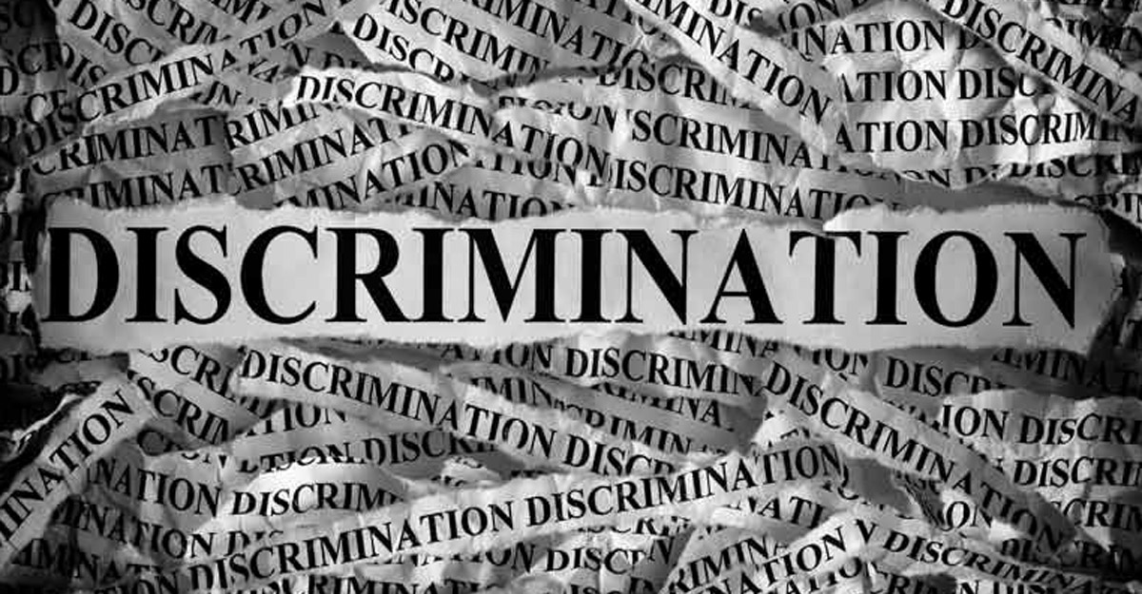Free Courses Sale ends Soon, Get It Now


Free Courses Sale ends Soon, Get It Now



Copyright infringement not intended
Context: The Seattle City Council recently becomes the first American city to prohibit caste-based discrimination. The City Council amended the City Municipal Code to ban caste-based discrimination, alongside race, gender, and religion.
Details
Caste System in India
Characteristics of Caste
Colonialism and Caste
Caste System at present
|
PRACTICE QUESTION Q. Critically analyze why the caste system still plays an important part in Indian Society. |
Must Read: https://www.iasgyan.in/daily-current-affairs/caste-discrimination-in-india
© 2024 iasgyan. All right reserved